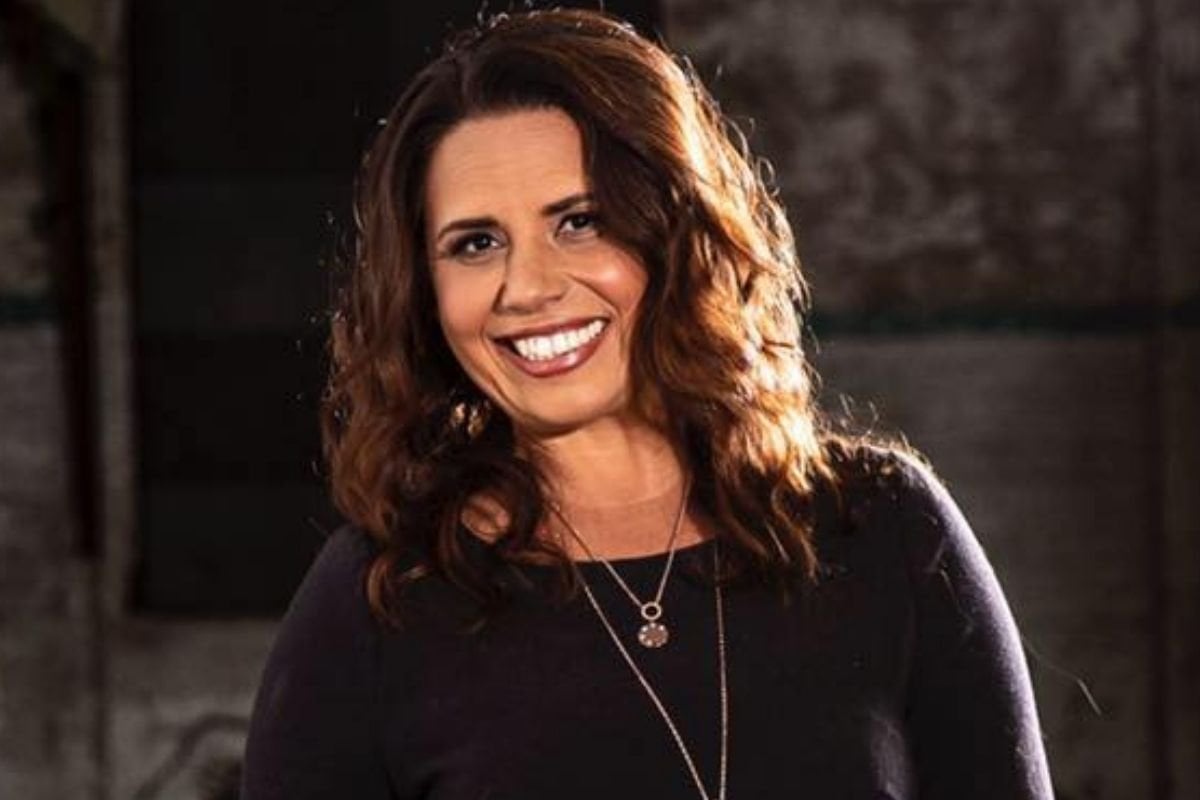
In 2021, Mamamia will only refer to January 26 by its date, to acknowledge that it is not a day of celebration for all Australians. If you want to be an ally this January 26, we urge you to sign this letter to your MP about the Uluru Statement from the Heart, which calls for constitutional change and structural reform that recognises the sacred, ancient spiritual link Aboriginal and Torres Strait Islander people have to their land.
A couple of weeks ago, Tanya Denning-Orman's mum couldn't wait to tell her about the conversation she'd had in a hair salon in the small town of Rockhampton, Queensland.
Her hairdresser watched NITV.
"She was so proud to tell me," the Birri and Guugu Yimidhirr woman, and director of Indigenous Content at SBS and director at NITV told Mamamia.
In 2021, Tanya now lives in a reality where her children wouldn't know a world without an Indigenous channel. But go back to her childhood in a small regional mining community, and you only really saw Indigenous Australians on the news. And it was always in a negative light.
Watch: Tanya talks about her childhood. Post continues after video.
Go back to her mum's childhood, and she was living on an Aboriginal mission after her family were removed from their traditional lands under the Aboriginal Protection Act of 1897 which took away their basic freedom of movement, labour, custody of their children, and control over their personal property.